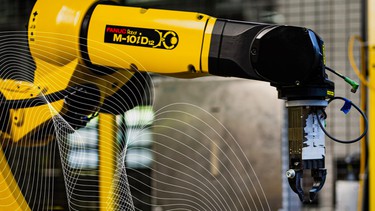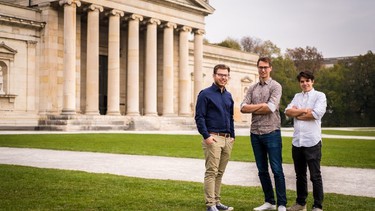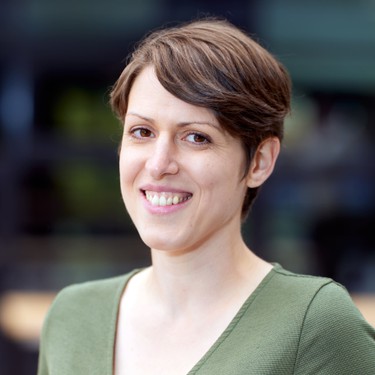sewts - Redefining Textile Handling

How would you describe your business idea to a potential investor?
Nowadays automation is on everybody’s mind. Especially labor-intensive industries are under pressure to lower costs. Therefore, many handling tasks are being automated. While this is state of the art for solid parts, the handling of textiles holds extraordinary challenges. To unlock this untapped potential sewts applies knowledge in computer vision, AI and fabric manipulation to redefine textile handling — automating an entire industry. Our first goal in this process is to enable full automation in the industrial laundry industry.

What problem do you want to solve, what is your goal?
In industrial laundries, many process steps are already automated. One of the remaining tasks still performed by workers is the handling of flatware (i.e. towels) between the drying and folding step. Here a worker picks up a towel and flattens it onto a conveyor belt. This process step is one of the major cost drivers in industrial laundries today.
sewts is developing a process capable of performing this task automatically, enabling laundries to lower their costs and become more competitive.
Why has no one else done this before?
Coming from the background of composite materials we know how tough the handling of limp materials can be. There have been attempts to automate in this industry but they were not crowned with much success. In our opinion, this is partially due to the wrong concept ideas and on the other hand due to a lack of technological advances in the fields of computer vision and artificial intelligence. The window for automation in this industry has just been opened a few years ago and we want to take the chance and be the first to successfully enter this market.
How did you come up with your idea/concept?
The idea for sewts was brought up by Alex who asked himself why the manufacturing of T-shirts is not automated yet. In the process of finding an answer, we thought about the toughest imaginable task in textile handling. To us this was the automated manufacturing of tailored suits. This is where our name and vision originate (sewing a suit = sewts). We found countless applications for the automation of textile handling, leading us to our beachhead market — still producing in Germany — the industrial laundry industry.
What is your business model?
To start our business, we are planning a pilot project with a large laundry manufacturer, transferring the knowledge generated in three master’s theses into a working prototype. Together with an equipment manufacturer, we will develop our prototype into a series ready product, selling or leasing it out to laundries in Germany. Since reliable service is highly valued by laundries we are going to offer machine tailored service training for our customer’s technicians or service the machines ourselves taking a monthly service fee.
Why did you decide to work with XPRENEURS?
Having all studied at the TUM we have all enjoyed an excellent education. But no matter how great an education is, it can’t make up for a lack of practical experience. We came to work with XPRENUERS as they offer a network of great minds looking to give thriving entrepreneurs a chance to realize their ideas. Next to helping hands in the XPRENEURS network, we have found great motivation in sharing similar mindsets with other participating teams.
You can get more information about sewts on their website or on LinkedIn.
You want to become part of the XPRENEURS incubator program as well?
Get more information and apply at https://xpreneurs.io/.
